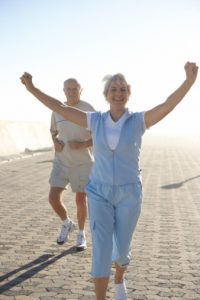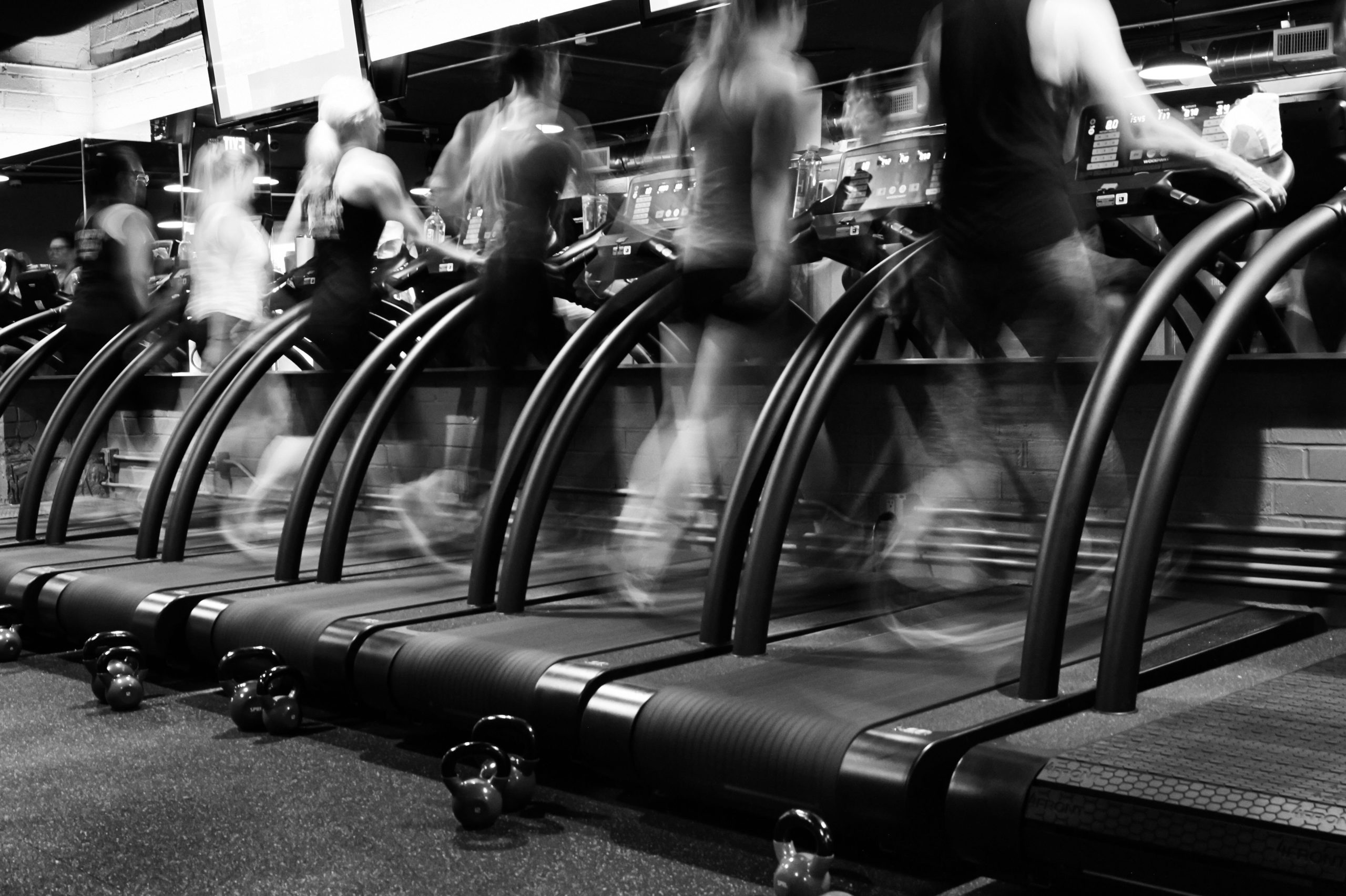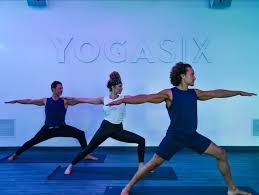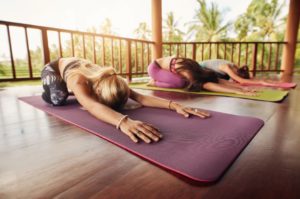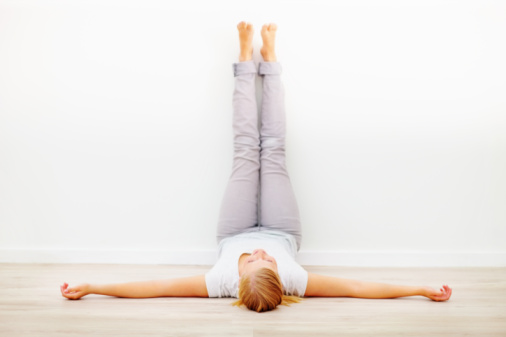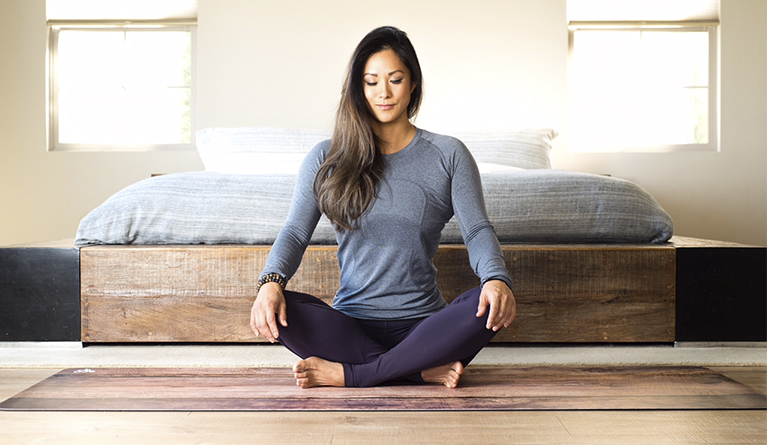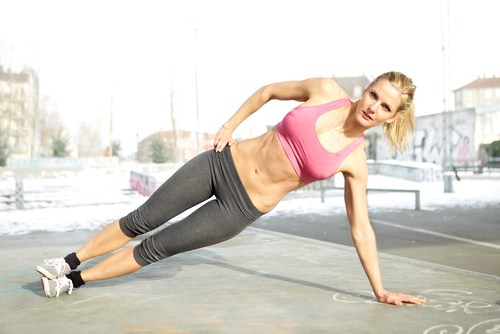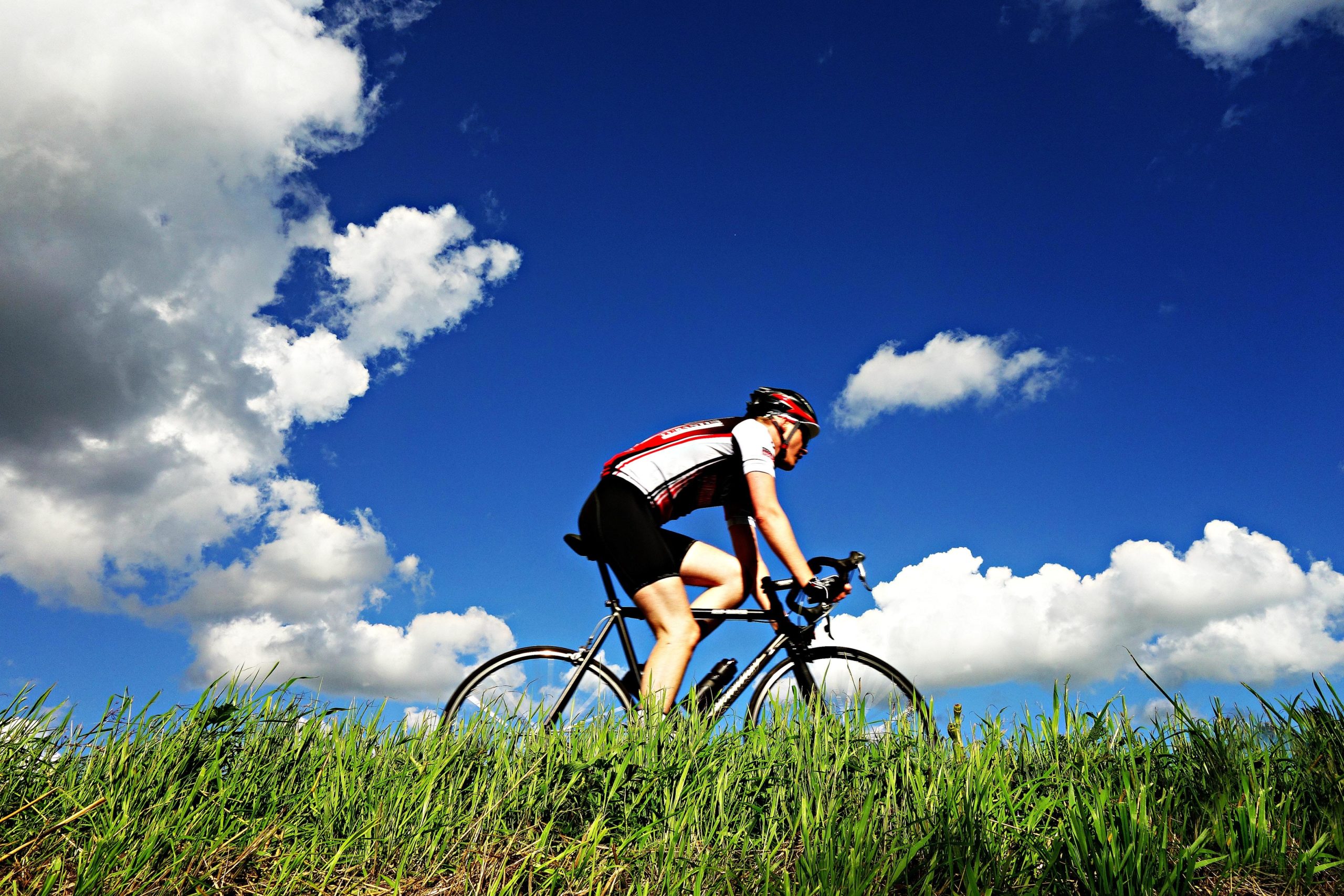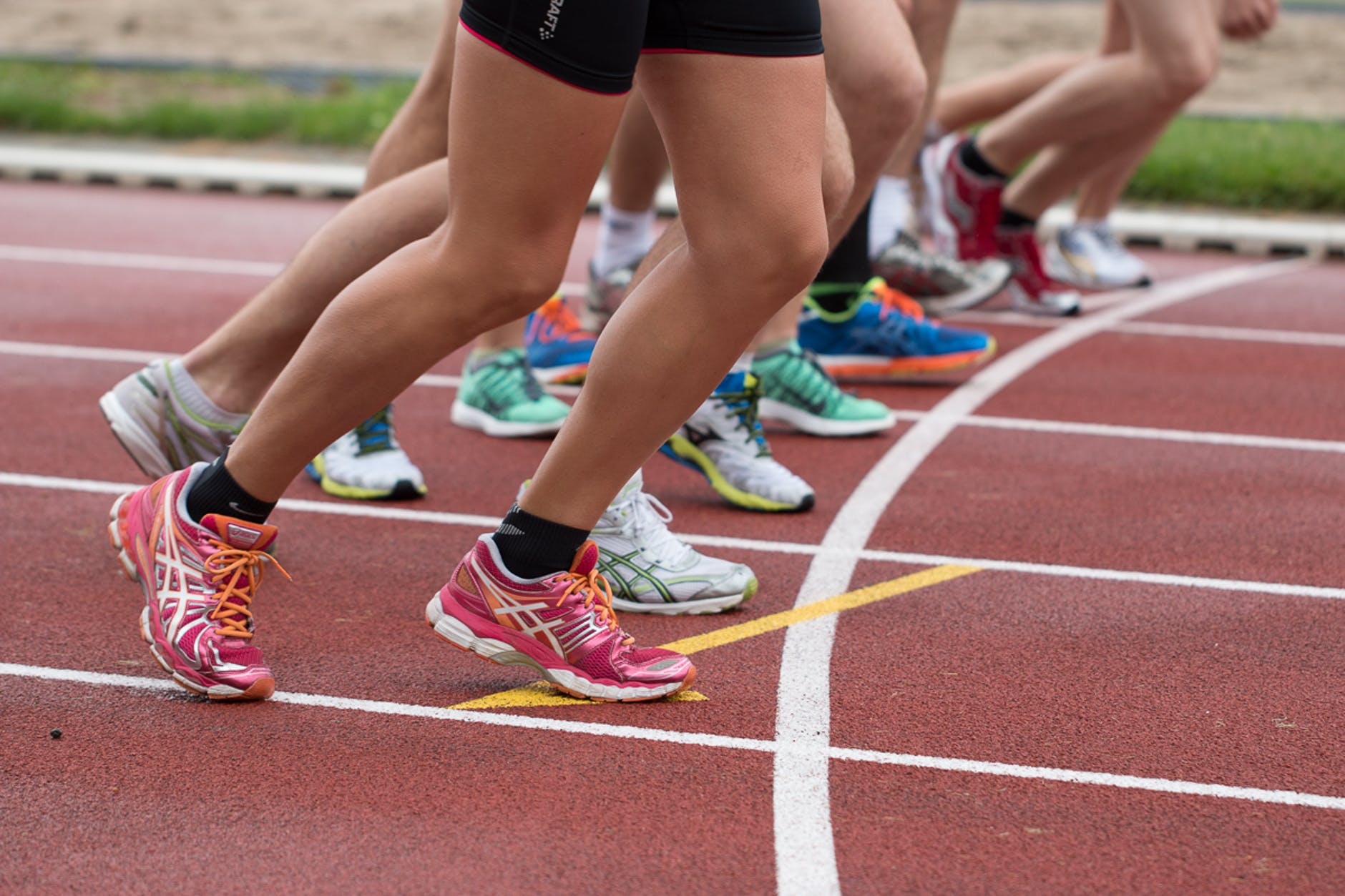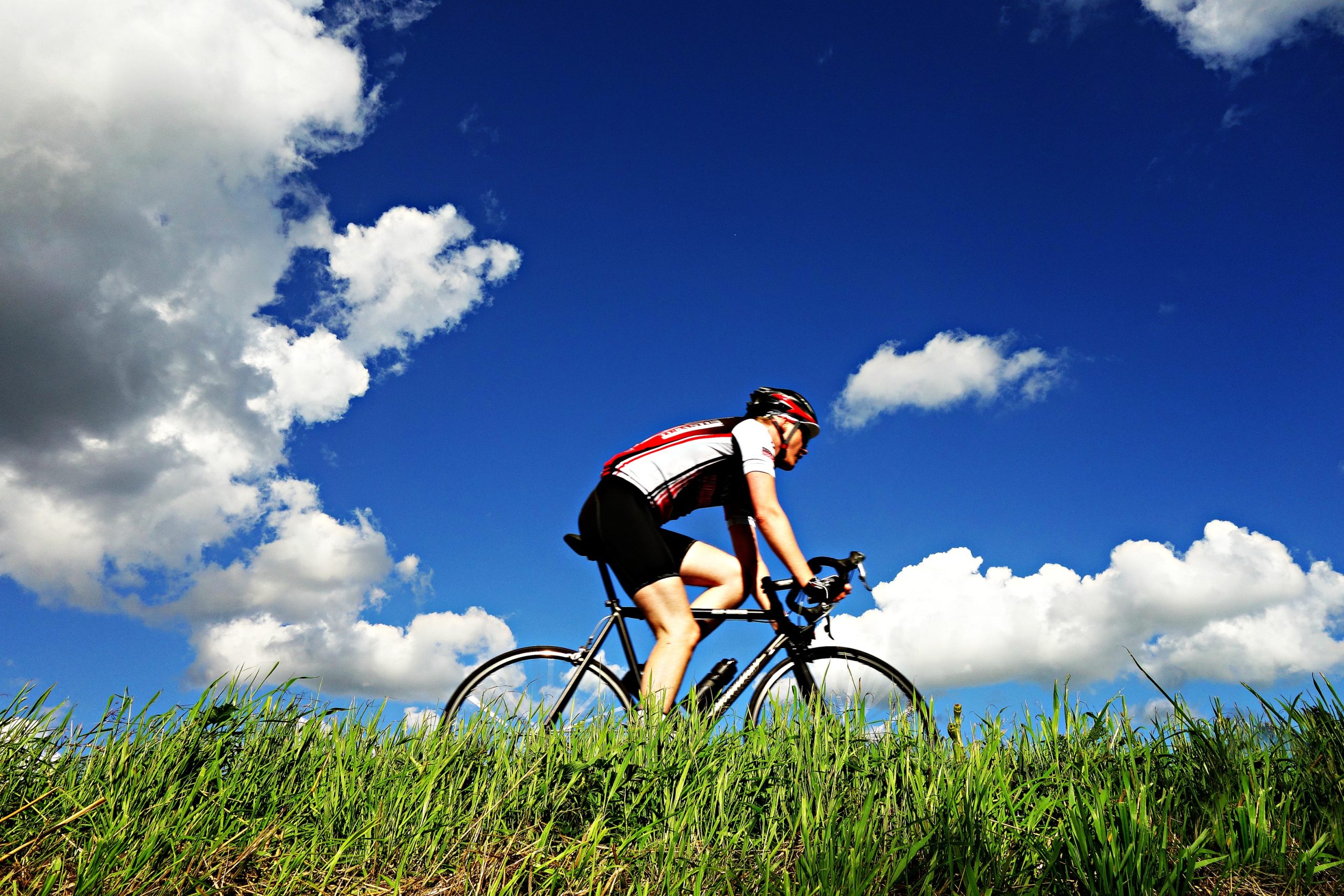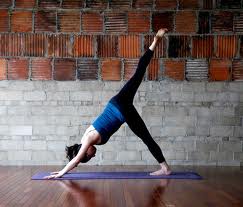Burn More Calories and Reach Your Goal Faster With These Workouts!
Hot fitness programs have hit the mainstream, and they promise to deliver fast and impeccable results!
Although each training methodology has specific components unique to their own, many of them resemble boot camps and social settings, which are pretty intense, even for seasoned athletes.
Check out the most popular types of workouts and get your year started off healthy and fit!
Top Proven Ways to Burn More Calories
1. HIIT (High-Intensity Interval Training)
HIIT is an exercise methodology that involves short but intense workouts using periods of intense effort followed by short rest periods.
Exercises may include lifting monster tires, pulling a sack of heavy rocks, or jumping across a gymnasium floor or parking lot.
Typical work to rest ratio is 2:1. If you run for 30 seconds, for example, then you jog for 15 seconds.
Although most people will mistake this for an actual fitness routine, however, this is just a strategy that can be applied to almost any cardio and other fitness routines.
2. Tabata
Tabata Training is basically HIIT but has more defined work to rest ratio and amount of sets to be performed, as based on an original study Effects of moderate-intensity endurance and high-intensity intermittent training on anaerobic capacity and VO2max. by Tabata I, et al.
Another thing that I noticed is that when someone is doing a Tabata Training they usually use some form of resistance or weights. Whereas HIIT usually involves strictly cardio exercises such as running, biking, skipping, etc.
But the principle is the same in both methods, work hard for X minutes then rest for X/2 minutes or variations of it.
In a study [1], led by Dr. Izumi Tabata at the National Institute of Fitness and Sports in Tokyo, Japan, Dr. Tabata concluded that High-Intensity Intermittent Training (HIIT) a.k.a.
High-Intensity Interval Training was a far more effective and efficient method of training when compared to traditional cardiovascular training (steady state cardio).
The study showed that Tabata training was not only more effective at improving anaerobic endurance but cardiovascular endurance as well.
Tabata intervals are most often done with body weight or light resistance exercises. The focus is usually on explosiveness and speed so you want to choose exercises that you can do a high volume of within the 20-second time frame.
When doing Tabata intervals in your workouts, you can also keep score. Your score is the lowest number of reps in any of the 8 rounds.
For example, if you were doing Tabata squats (bodyweight squats) for 8 rounds and the first round you got 17 reps but in the second round you only managed to get 14, then your score becomes 14. Then you want to try to hold on to that number for as long as you can.
You also want to make sure you don’t come out of the gate too hard and score really high in the first few intervals but fade away to nothing by the end. It’s better to find a tempo and rep range that you can hold on to the entire time!
The Tabata workout consists of 5 different exercises done back to back with a minute rest in between each exercise.
❧ Air Squats - 8 sets of 20 seconds work, 10 seconds rest (total 4 minutes)
❧ 1-minute rest
❧ Pull-Ups - 8 sets of 20 seconds work, 10 seconds rest (4 minutes)
❧ 1-minute rest
❧ Push-Ups - 8 sets of 20 seconds work, 10 seconds rest (4 minutes)
❧ 1-minute rest
❧ Sit-Ups - 8 sets of 20 seconds work, 10 seconds rest (4 minutes)
❧ 1-minute rest
❧ Calorie Row (rowing for calories on the concept rower) - 8 sets, 20 seconds works, 10 off (4-minute)
3. CrossFit
CrossFit is a fitness training methodology that incorporates cardio, weights, gymnastics, and other full body movements into its routines. If you’ve ever been to a bootcamp, you’ve probably done CrossFit.
This training methodology was also made popular by the film ‘300‘.
The film’s cast utilized this training method to forge elite gladiator physiques. Unlike a routine at a gym, where you move from station to station working one body part at a time, CrossFit routines are aimed at developing strength and cardiovascular capacity.
Many CrossFit workouts are done with a team approach, so it is more fun, social and challenging. At one station you might be doing push-ups off the medicine ball, the next one flipping tires, then hanging crunches, then skipping rope and so on.
It’s a full body workout. There’s virtually no limit on what types of exercise combination you can put together.
4. Insanity or Other Online/ On Demand Fitness Programs
Programs like the Insanity fitness program, are total body transformation workout routines designed to bring the convenience of fitness into the comfort of your own home.....on your own time!
These at-home DVD-based or online/app programs includes comprehensive selections of workouts and all of the necessary information you will need to dramatically improve people’s overall health and fitness.
The Insanity fitness program is designed as an intense exercise routine intended to provide a complete body transformation. More specifically, the Insanity fitness program focuses on extreme cardiovascular development and endurance, strength and lean muscle tissue development, and rapid weight loss.
The Insanity fitness program incorporates several exercise types into the overall fitness routine.
For instance, included within the fitness program are cardiovascular exercises, interval training, and plyometric training. When combined into an overall exercise routine, the results are dramatic and rapid.
Overall, the Insanity fitness program is a solid exercise routine that is affordably priced and delivers solid results.
Other online programs like Xponential's "Go" platform cover spin, Pilates, row, yoga, dance, running, stretch and barre. These on demand classes are complementary to memberships of their existing brick and mortar fitness studios located all around the world.
5. P90X
The P90X workout is an extreme 90-day fitness program developed by Tony Horton and Beachbody.
This is an intense home exercise program which combines cardio workouts, weight and resistance training, yoga, plyometrics, and stretching routines to improve coordination, flexibility, and strength.
This program also incorporates an effective nutrition plan and encourages protein drinks, meal replacements, energy enhancers and bars for snacks.
The P90X Nutrition Plan is a 3-phase eating program (Fat Shredder, Energy Booster, and Endurance Maximizer) that was specifically designed to work in tandem with the exercise routines.
It provides the optimum combination of health food needed to satisfy the body’s increased energy requirements each step along the way.
P90X uses muscle confusion to gain maximum results. By mixing in an extensive variety of different workouts and routines into the program, P90X continually challenges the body’s muscles and literally forces them to grow.
As a result, the body and mind will not hit the “workout plateau” and people will see better and faster results. P90X also specifically uses of the body’s own weight along with the P90X Chin-Up Bar, dumbbells, and resistance bands to deliver extremely challenging and ultra-effective workouts from home. (photo credit: p90x.com)
Another popular fitness program involves combining what might seem like opposing exercises, like mind-body movements plus aerobics, such as the following two:
6. Spin and Yoga
A one-hour or 90-minute workout combining yoga, and speed cycling on a stationary bike. Also known as Cy-Yo, these workouts are offered in a number of health facilities across the nation.
7. Yoga Fit & Yoga Sculpt
These workouts merge traditional yoga with a variety of other activities, including strength training, core muscle building, and butt firming.
8. Yogalates
Yoga and Pilates is the art of breathing and of core strengthening exercises.
Sometimes it’s called Yogalates or Yogilates, when adding a touch of calisthenics to the poses. Both practice mindfulness, deep breathing, balance and strong core building.
How Yogalates works:
As you follow each posture, you will feel your breathing and at the same time the supporting muscles deep within your core, strengthening your entire body.
Yogilates, Urla offers about 40 poses — including back lifts, sternum lifts, leg lifts, leg circles, as well as yoga poses such as Downward-Facing Dog, Sun Salutation, The Warrior, or Meditation Pose.
[1] - ncbi.nlm.nih.gov/pubmed/8897392


